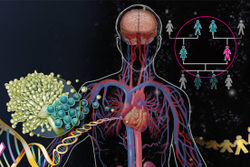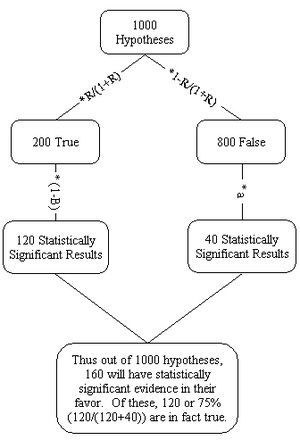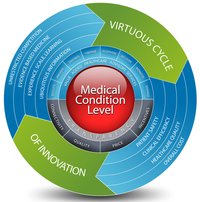
World Anti-Doping Agency chairman, Dick Pound, sounded more vigilante than professional when he commented on the arbitration panel’s decision in the Floyd Landis case:
Pound suggested that lab procedures did not matter if they ultimately found a positive test. I would like to know what planet this guy lives on! Lab procedures exist to ensure an accurate and reliable test. The crux of all tests and measures is that a scientist/clinician can only feel confident in their results if they were performed in the EXACT same manner in which those tests were developed and measured.
Perhaps finding testosterone is a reliable and accurate test. Perhaps finding testosterone through an altered procedure is not so reliable or not so accurate. The truth is, we would not be able to know because no one tests the reliability and accuracy of mistakes in procedures.
Landis’ argument here is that his test could have produced a false-positive due to these "less than perfect" procedures, or more sinisterly, that the lack of control of his sample could have opened the opportunity for tampering. I would not presume to know the truth, but from an outside perspective I cannot trust an agency which conducts scientific tests without regard to the rules.
How can WADA not hold itself to the same high standard that it holds athletes to?
In other news, WADA announced an increased budget for next year, in part due to the publicity the Landis case has created for the organization:
"The rate at which WADA stakeholders fulfill their financial responsibilities accelerates every year…" said Dick Pound about the increase.
Perhaps it is these "stakeholders" which cause Pound to actually criticize the World Golf Foundation’s plan to begin drug testing on all the major golf tours. The reason: they decided not to use Pound’s set of tests and measures. Finally, and in perhaps the best news of all, Dick Pound is set to depart.
ERIC






